What are the signs of damp in bedroom?
It is not difficult or complicated to notice that you have damp in the bedroom or in some other part of the house. There are many signs that clearly indicate that excess moisture. Distinctive odour and the appearance of walls are certainly the two most common signs. It is important not to wait when you notice signs, but to act immediately. Let's start with the quick damp proof course!

Musty smell
When a damp is present in the room, you will constantly smell a characteristic odour, which cannot be confused with anything else. Once mould spores present, you'll feel a musty smell, and even when you air and perfume the room, that damp smell will not disappear. The only way to get rid of the odour is to get rid of the damp in the bedroom in the first place.

Water marks on wall
Marks on the walls can sometimes be a sign of something else, but in 99% of cases dark water marks suggest that the mold “attacked” the walls. Nonetheless, you may find discoloured paint and plaster instead of dark marks. It is also a sign that you need to make sure whether your bedroom is moisture-laden.
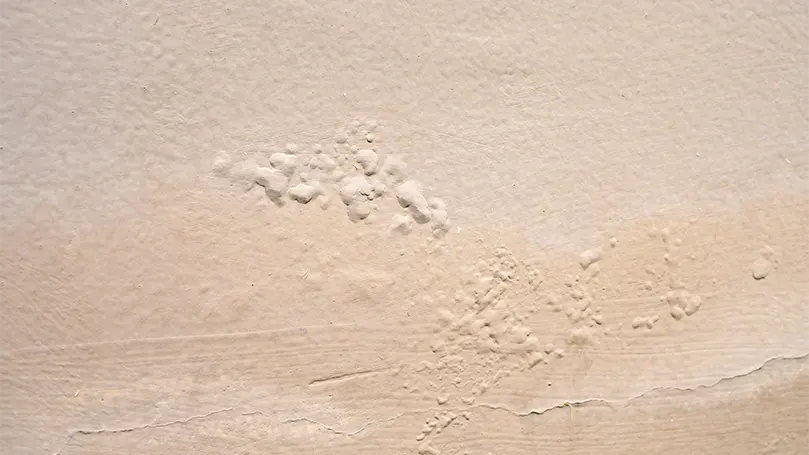
Very cold walls
It is normal for the walls to be cold when you touch them during the winter. But since winters in the UK are not very cold and most people have central heating, walls, especially internal walls, should not be as cold as shed walls or garage walls. Internal walls can be very cold only if they are full of damp. If your walls are dry, warm and do not lose colour, then you have no problem with damp and vice versa.
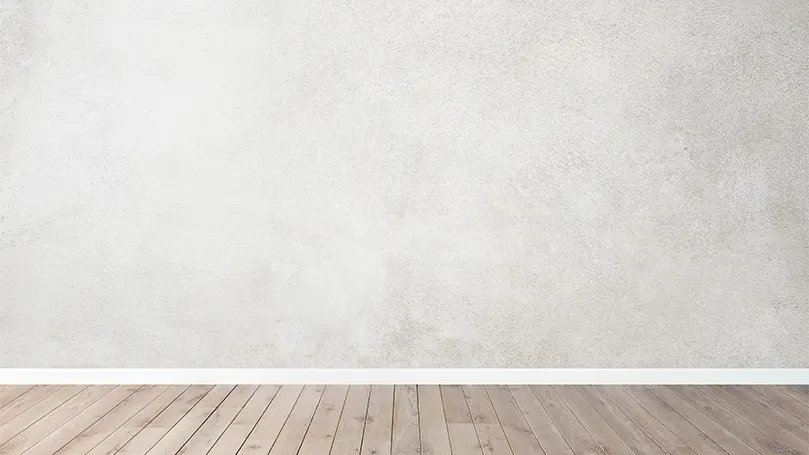
Condensation on windows
Unlike musty smell, water marks and cold walls, condensation on windows is not such an obvious sign of this problem, but it can certainly point out that you have damp in your bedroom. If you notice condensation around the windows, and even excessive condensation around the window after you turn on the heating, then that is most likely not a cause for concern.

But if condensation around the windows is present 24/7 and you have the impression that the windows are always blurred by condensation, then you should check whether you can notice any other signs and try to locate the damp. Constant condensation shows that the concentration of moisture in the air is probably too high.
Why does damp appear in the bedroom in the first place?
The question is how damp appear in the bedroom. There are many causes. It is certainly possible to blame the condensation that occurs when the heating season begins and the outside temperature drops. Eventually, mold is formed.
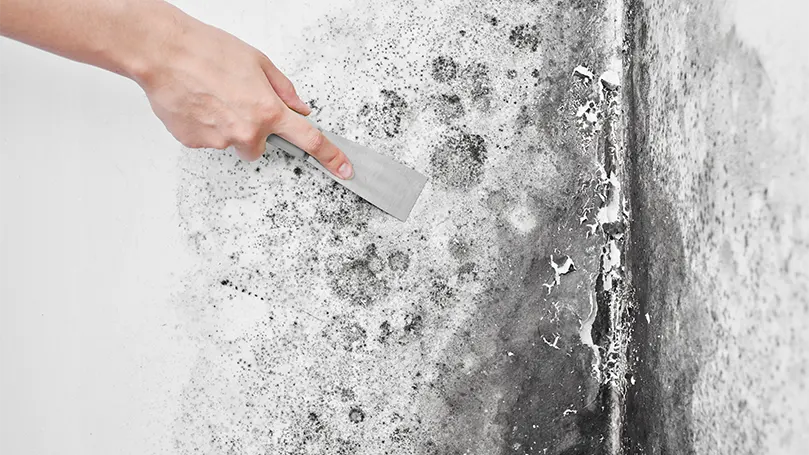
But that is certainly not the only way our bedroom gets damp. Houses located in regions where the climate is like in the UK, with a lot of rain or in places where there is groundwater are much more susceptible to the appearance of moisture in the walls. Then the next culprit may be leaking pipes. Leaking pipes do not have to cause flooding or large stains on the walls. It can happen that the pipes leak so little that it is imperceptible and that your water bill is not even increased, but that it is a constant leak. When you call the professionals, they will definitely check the pipes, as well as overflows and the like. You need to check the gutters too, as well as the windows. The origin of the damp is usually divided into condensation damp, rising damp and penetrating damp.
If you put insufficiently dry or wet clothes in the closet, you the risk of destroying the clothes, the closet and then the walls. So make sure your clothes are always completely dry, and if you are not 100% sure if they are dry, it is better to leave clothes outside for another hour or two than to put it in the closet.
How to get rid of damp in the bedroom easily?
Fortunately, today it is easier than ever to fight damp in the bedroom. And it’s even easier to work on prevention than to fight it once it shows up. But it's certainly not too late then, either. Check the walls regularly and as soon as you notice the first signs, take some of the following steps we will talk about. Remember that the following steps can be taken as a prevention too, and then they are the most effective. This way you can prevent not only damp walls, but also allergies and many health problems.
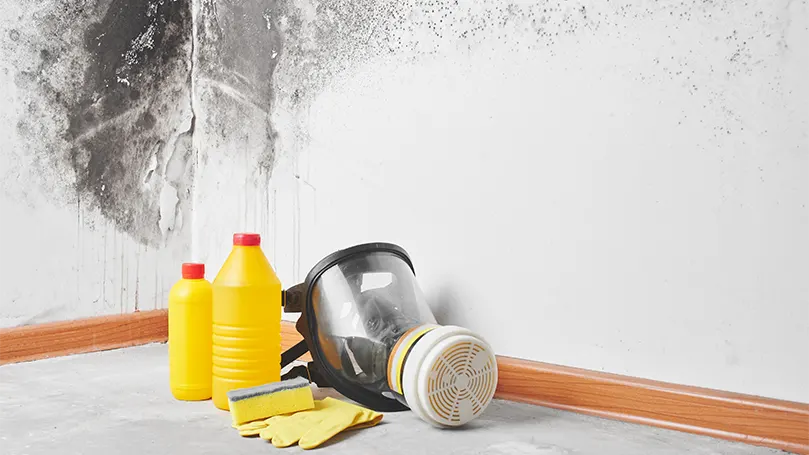
Get a dehumidifier to reduce humidity
Dehumidifier is one of the most effective ways to get rid of a damp. But also if you buy this air conditioning device on time, then you won't even have to think about what to do to neutralize the musty odour and how to repair your walls. The dehumidifier extracts water from the air and thus maintains a stable level of humidity in the air.

Dehumidifiers can also make the bedroom warmer by sucking moist air and then blowing warm, dry air back. You will most often encounter two types – condensate dehumidifiers and desiccant dehumidifiers. There are also devices of various sizes, from very small ones, not bigger than a teapot, to gigantic ones that have special purposes. Do not turn off the dehumidifier when you turn on the air conditioner, as the two devices work best together.
Open windows regularly to ventilate the room
You should ventilate the house at least twice every day for 15 minutes, even if the weather conditions are not ideal. It is never minus 40 degrees Celsius in the UK, as in Canada, for example, so it is always safe to ventilate a house. Every morning when you get up, open the windows right away, and do the same before going to bed. Leave it open for at least 15 minutes.
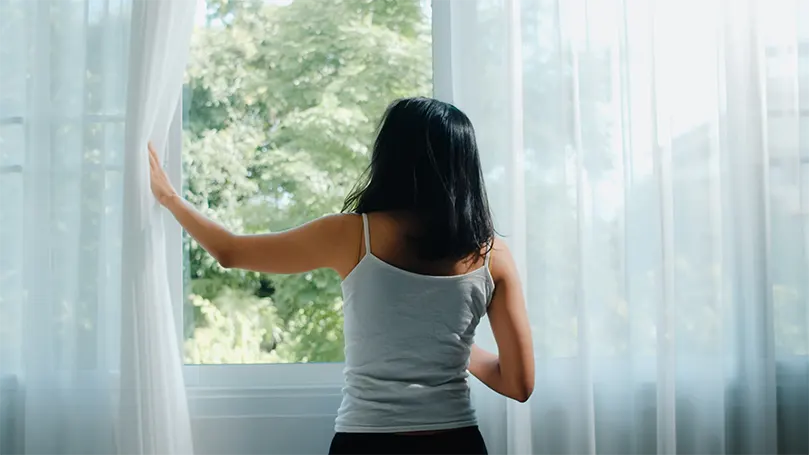
It is a very efficient and simple way to keep the air fresh. When the weather is nice, then we recommend leaving the windows slightly open all day. Most window frames nowadays can be locked in such a position. Remember how important ventilation of bedroom and whole home is, not only for moisture prevention but also for other reasons.
Clean your gutters if needed
Rain gutter is a water discharge system that we all have installed on our homes. Since gutters have been around for hundreds of years, we all take them for granted and don't think about their importance, or what can happen if we don't clean them regularly.
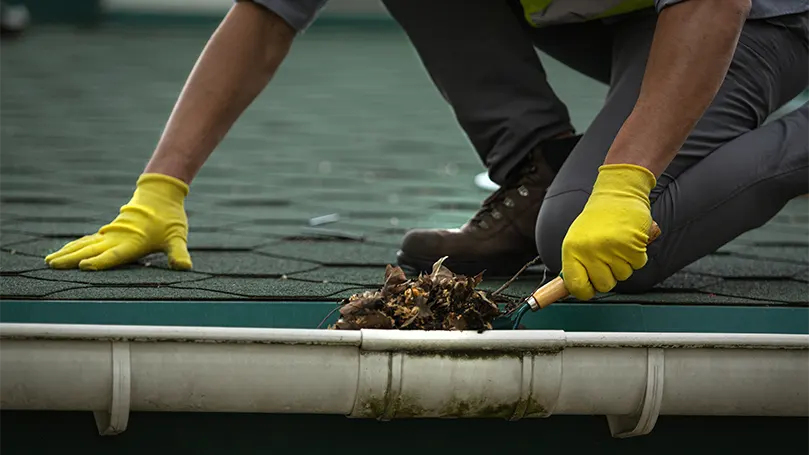
When we fail to clean gutters at least once a year, and preferably twice a year, then gutters may become clogged, leading to dampness inside the house, gutter damage, porch damage and more. So as soon as you notice any of the signs, check your gutters right away. If you do not have the equipment and if your house is not single-storey, call a professional to avoid serious injuries.
Paint your outside walls with a damp-proof paint
When the house is brand new, bricks do a great job of preventing water from entering the home. But as the exterior walls are exposed to the constant influence of different weather conditions, wear and tear is inevitable. Bricks will not allow large amounts of water to enter, so you will not see water leaking from the walls, but that does not mean that the walls will not be constantly wet. If the bricks are not in the final state of decay, which is only the case with houses that have not been maintained for decades, there is one easier way than to build new external wall.
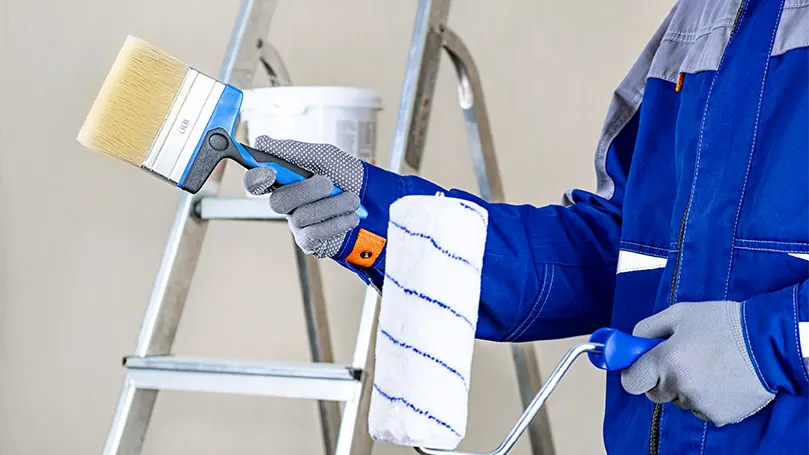
There are special paints that contain silicone and other water-repellent substances that will seal the bricks again and cover black mould patches. What is important is that such paints allow the walls to breathe, otherwise they would also cause damp.
Make sure you don’t have anything rotten
This is true both for clothes, for timber and other structural things of your house. If you notice tiny worm holes in parquet, batten, timber, baseboards and other wooden parts this can be the cause of the problem. Worm holes are not the only thing you need to pay attention to. Any major damage, such as cracks and dents can also be a space through which moisture will penetrate into your home. You may also notice damp in the wooden parts, not just in the walls. If you have underfloor heating, maybe some part is damaged and then leaks, wetting the floor.

Get a damp-proof membrane for your outer bedroom walls
Damp-proof paint is the basic way to prevent and get rid of damp, but if you want to be 100% sure that moisture cannot damage your house, then the solution is damp proofing.
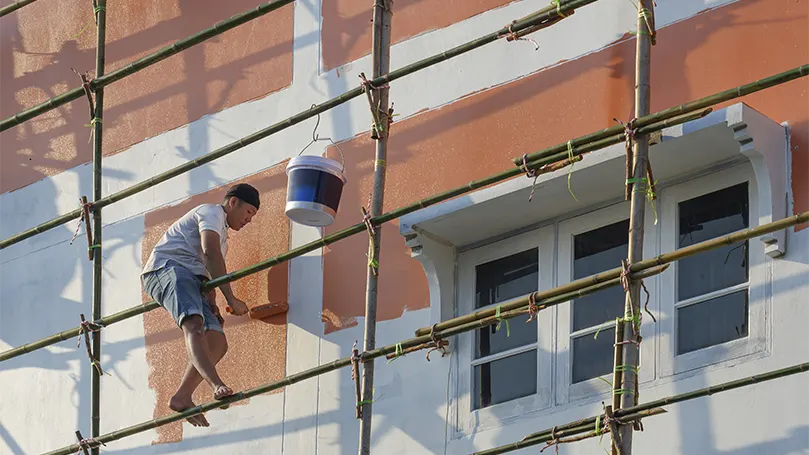
The damp-proof membrane is installed on walls and floors. The special type of membrane material is used to prevent moisture transmission through capillary action and to prevent moisture from entering the house. It is not easy to install damp-proof membranes if you have never done it before. Maybe, that job should be left to a professional to avoid installation mistake that will ruin the whole process.
Get rid of excessive soil from your ground wall
Last but not least, you have to check the exterior of your home too. Few homeowners remember to check the soil around the ground wall. And that can be the hidden cause of the problem. That is when you have already exploited all the other options and it is not clear to you why your walls are still damp.
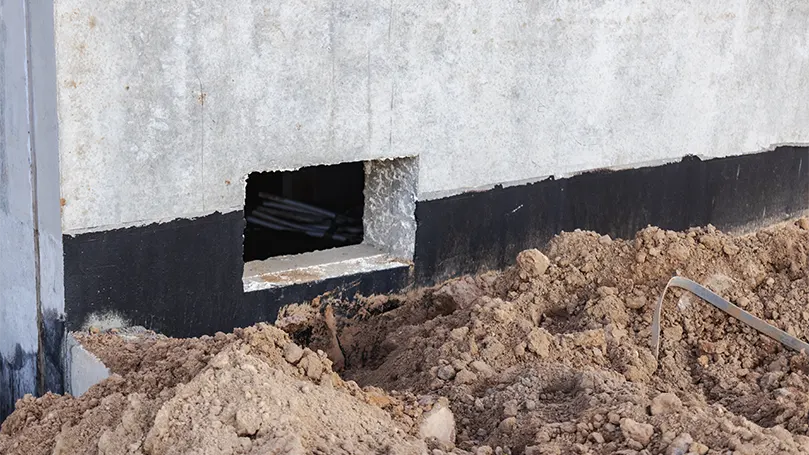
If there is a layer of excessive soil along the walls, after each rain the walls will be soaked in moist soil for days. And that moisture will begin to transfer to the interior walls. So regularly remove excess soil and you do not have to worry.

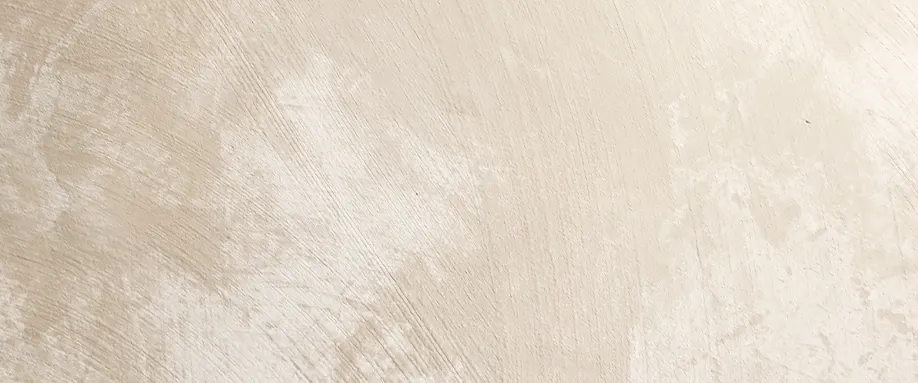













There are no comments yet
"*" indicates required fields